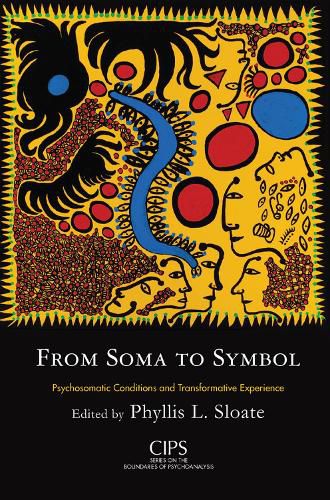Readings Newsletter
Become a Readings Member to make your shopping experience even easier.
Sign in or sign up for free!
You’re not far away from qualifying for FREE standard shipping within Australia
You’ve qualified for FREE standard shipping within Australia
The cart is loading…






This book traces the theoretical history of psychosomatics in psychoanalysis, and with it the ways that psychoanalytically-trained clinicians have tried to understand and treat patients with complex psychosomatic symptoms. It offers a rethinking of the mind-body relationship in psychoanalysis, eschewing past dichotomies between the psychological and the corporeal, and today’s either-or distinctions between symbolizing and non-symbolizing patients. Theoretical and clinical issues are considered from a broad and integrative perspective. Psychosomatic patients’ best interests are served neither by an indiscriminate embrace of dazzling new findings, nor by discarding established ways of understanding them. This volume exemplifies an approach that takes advantage of the rich history of the past as well as exciting new work in the neurosciences. The opening historical chapter delineates the evolution of the field of psychoanalytic psychosomatics.
$9.00 standard shipping within Australia
FREE standard shipping within Australia for orders over $100.00
Express & International shipping calculated at checkout
This book traces the theoretical history of psychosomatics in psychoanalysis, and with it the ways that psychoanalytically-trained clinicians have tried to understand and treat patients with complex psychosomatic symptoms. It offers a rethinking of the mind-body relationship in psychoanalysis, eschewing past dichotomies between the psychological and the corporeal, and today’s either-or distinctions between symbolizing and non-symbolizing patients. Theoretical and clinical issues are considered from a broad and integrative perspective. Psychosomatic patients’ best interests are served neither by an indiscriminate embrace of dazzling new findings, nor by discarding established ways of understanding them. This volume exemplifies an approach that takes advantage of the rich history of the past as well as exciting new work in the neurosciences. The opening historical chapter delineates the evolution of the field of psychoanalytic psychosomatics.